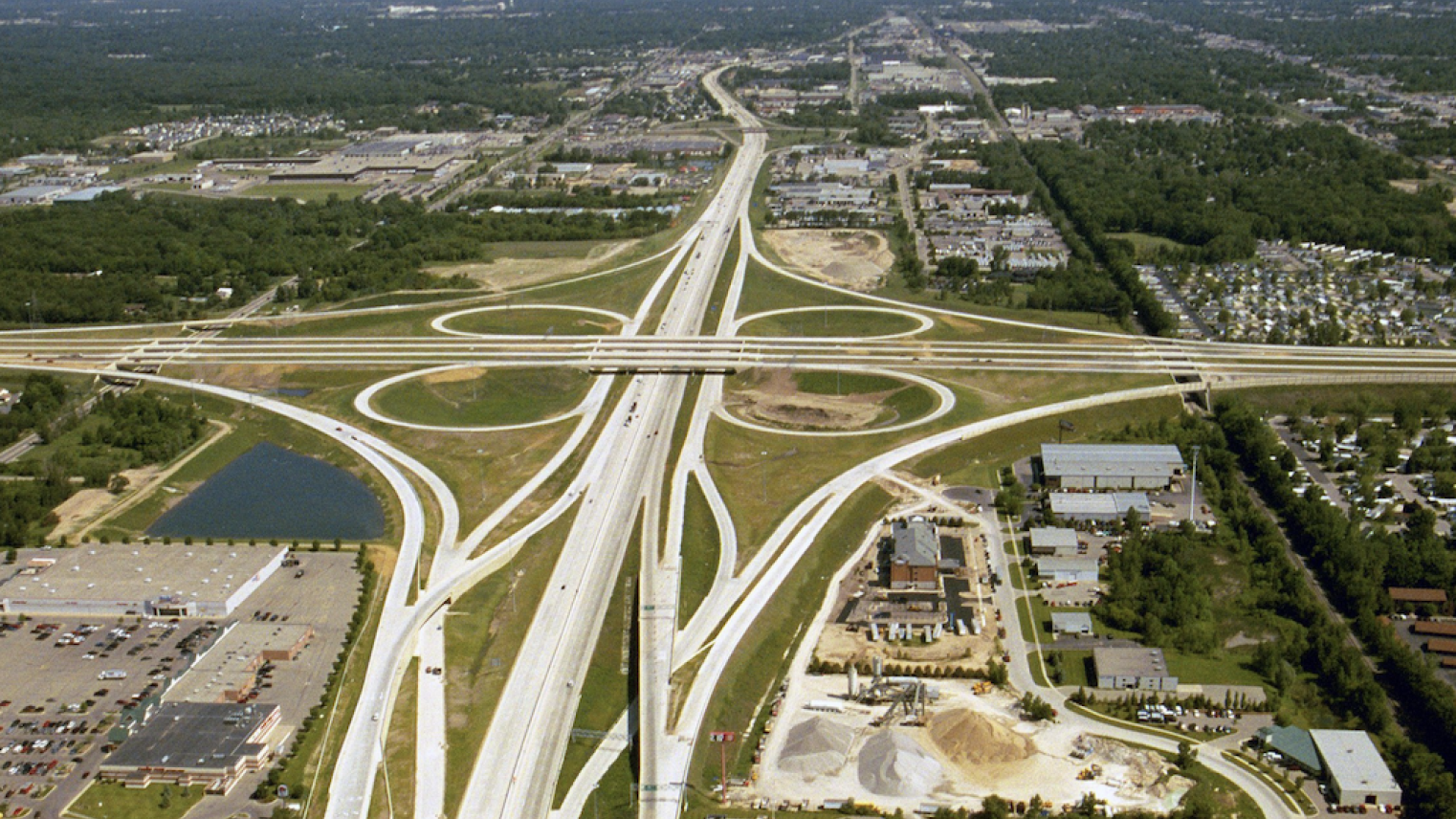The Guardrails Quintet: Insights from Southeast Asian Experts and Scholars

Find five articles from the 2023 Southeast Asia Regional Geopolitical Update that grappled with the discussion of security guardrails, which we called the 'Guardrails Quintet.'
Guardrails is a term to describe a series of overlapping mechanisms to shield the region from the impact of structural pressures such as great power rivalry. As highlighted by last month’s Joint Communique between Indonesia and Australia, the goal is to foster a condition where “competition is managed responsibly, where sovereignty and territorial integrity are respected, and where countries can exercise their agency free from coercion.”
Australian Prime Minister Anthony Albanese, in his remarks at the Shangri-La Dialogue in Singapore last month, noted the importance of guardrails, which serve as a “pressure valve of dialogue.” Singaporean Foreign Minister Vivian Balakrishnan asserted during the 2023 Southeast Regional Geopolitical Update at the Australian National University that the region must develop guardrails in order to shield it from “the most intense [U.S.-China] competitions across multiple domains in our lifetimes.”
But new times call for a new approach to the creation of guardrails and the dilemma of what to do with the pre-existing, and in some cases outdated, security mechanisms.
The essays:
Emir Syailendra's piece titled "Southeast Asian States Need to Reassess the Region’s Security Guardrails," gives an overall overview of Southeast Asia security mechanisms and the way forward.
Vu Le Thai Hoang and Ngo Di Lan's piece titled "Searching for Guardrails: A Vietnamese Perspective on Strategic Equilibrium Amid Uncertainty" offers a Vietnamese view on the need for Southeast Asian countries to seize the initiative and collectively assert their role in shaping a regional order in a state of flux.
Jay Batongbacal's piece titled "Developing Guardrails for Regional Stability: A View from the Philippines" argues that Manila sees a variety of different threats to its maritime security, each requiring a different tool or approach.
Amarulla Octavian's piece titled "Establishing Maritime Guardrails in the Indo-Pacific: Mutual Cooperation" argues the importance of harmonising various interests and cooperation between Australia and Indonesia in establishing maritime guardrails.
Rizal Sukma's piece titled "Here’s How ASEAN Can Build Guardrails for Regional Stability" argues that the grouping needs to focus on five areas to be a more effective ‘manager’ of the regional order.